Wael Shawky's Crusade to Berlin at KW Institute for Contemporary Art
- (first published on artlifemagazine.com)
- Sep 21, 2012
- 3 min read
Updated: Mar 25, 2020
Berlin - "KW" is a beautiful name for a public art gallery, isn't it? Very German at least. I remember a techno club with the same name in Munich, probably closed today. The Berlin art venue has established itself as a major player in the city's contemporary scene; currently it honors Wael Shawky with an exhibition for being awarded this year's Schering Foundation Art Prize.
The Egyptian artist is one of those young stars who really differ from the mass. He is not a Western artist, but he cannot simply be ranged in the exotic drawer either. First and foremost this is relevant video art, then his Arabian background may come into play - and still his works aim mainly at a "Western" audience.
On KW's ground floor Shawky invites us to sit down on bare rocks in the sand, waiting for a shisha nobody passes, and to watch a gathering similar to ours on screen, where children with false beards and dressed as Bedouins lip-sync a story. From the exhibition leaflet I later learned the source of inspiration for this work have been events in the village of Al Araba Al Mafouna, where some years ago a false prophet made people dig for treasures on a archaeological research site.
The tale is about a tribe who is demanded by its dying leader to henceforward keep mules instead of their traditional camels. Doing as they are told, people soon praise mule's advantages over foolish camels. However, the next dying leader will make them change again for another animal, and so on, history repeating itself. "The grass is always greener on the other side" and people's willingness to belief in charismatic leaders ineradicable.
At the same time the work is a reflection on Arab youth, whether "at home" or in migration. These young men standing between different cultural influences seek refuge in ancient traditions their parents gave up long ago. The backslide to beards and Bedouin clothes, to traditional identity (or its idealised projection), is as common as helpless a reaction to the feeling of being overrun by Western culture. The mules in the story may thus been interpreted as its juvenile tellers' costumes.
Other significant work in this exhibition is "The Path to Cairo", second part of the series "Cabaret Crusades" and simultaneously shown at dOCUMENTA (13). Shawky uses marionettes to re-enact the history of Christian crusades from an Arab point of view, also shading light on the internal struggles in each camp. Willingly playing with racist allusions, some of his Arabs look much like camels. To my (limited) knowledge not many artists have done a contemporary art film in Muppet Show style before, but obviously Shawky is influenced by (B-)movie history. Marionettes are not reserved for children's programmes, as we know since Peter Jackson's "Meet the Feebles" (not to mention that obscure 70s flick "Let my Puppets Come"). And surely the artist has enjoyed "Team America: World Police", largely underestimated puppet movie by South Park geniuses Matt Stone/Trey Parker - and Shawky's Arabs have more to say than "Muhammad-Jihad". The idea to present the "other" point of view, to accentuate on aspects that are underweighted at least in our spheres (the work is presented in "the west") is appealing.
The use of marionettes not only differs it from silly docu-fictions by creating a Brechtian alienation effect, but also refers to hidden powers behind (no, not the Illuminati) or even an assumed inevitability of the events.
The changing fate of Arab-European relations throughout the centuries provides material for many more films to follow (the KW talks about a trilogy, the dOCUMENTA catalogue about four planned parts). Shawky could extend his series unto our days, passing the Ottoman invasions (I always wondered if George Bush would perceive himself as the reincarnation of Prince Eugen if he knew about history, and believed in reincarnation).
One thing is for sure: Never a history lesson has been as fascinating. The exhibition is completed by the film's original marionettes and some minor works. If you are in Berlin, take a look.
Wael Shawky, KW Institute for Contemporary Art, Berlin, 26 August to 21 October

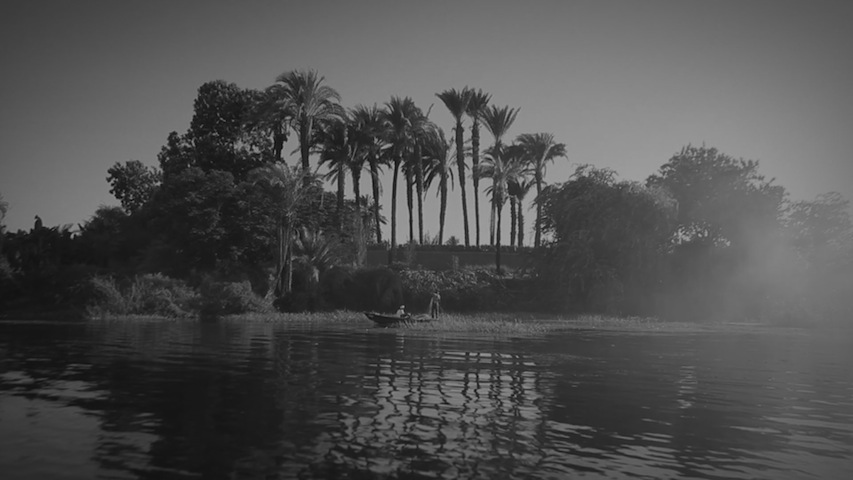

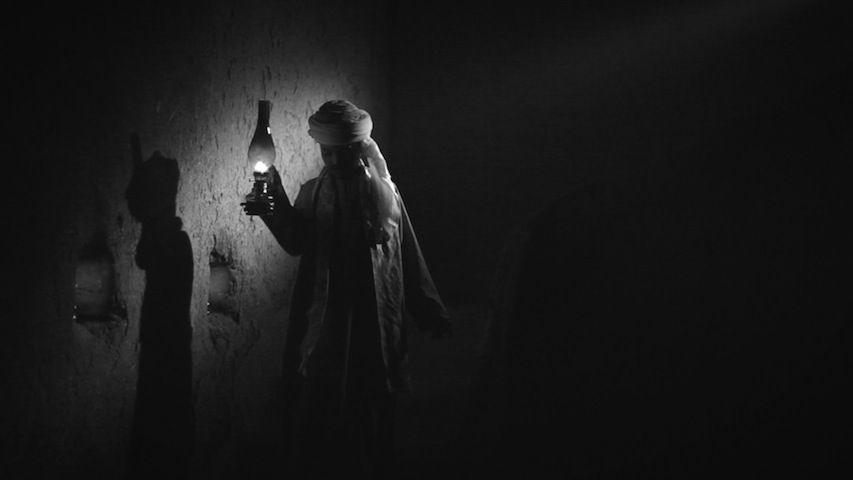

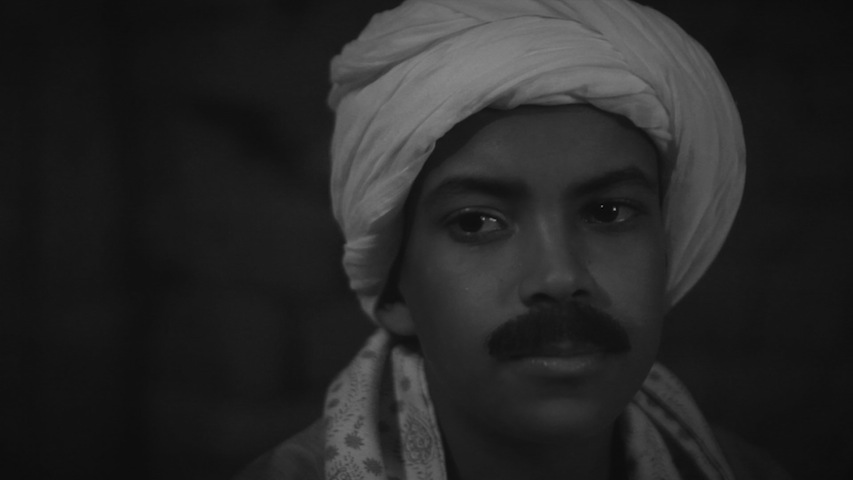

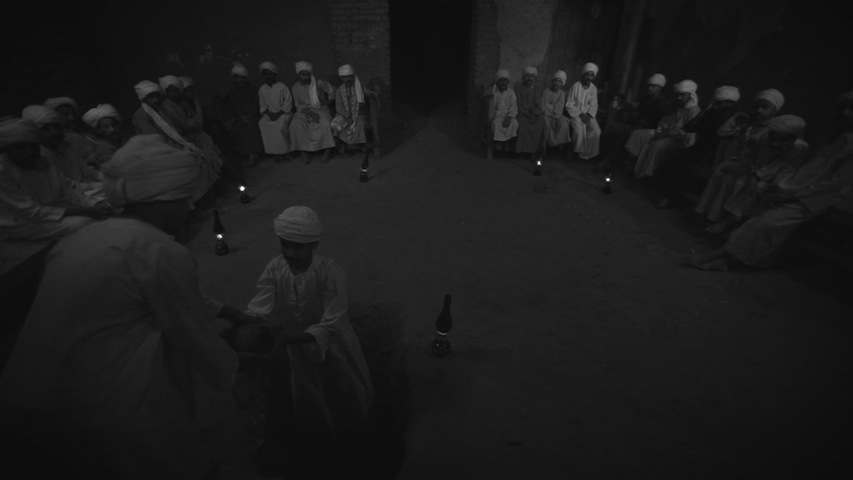

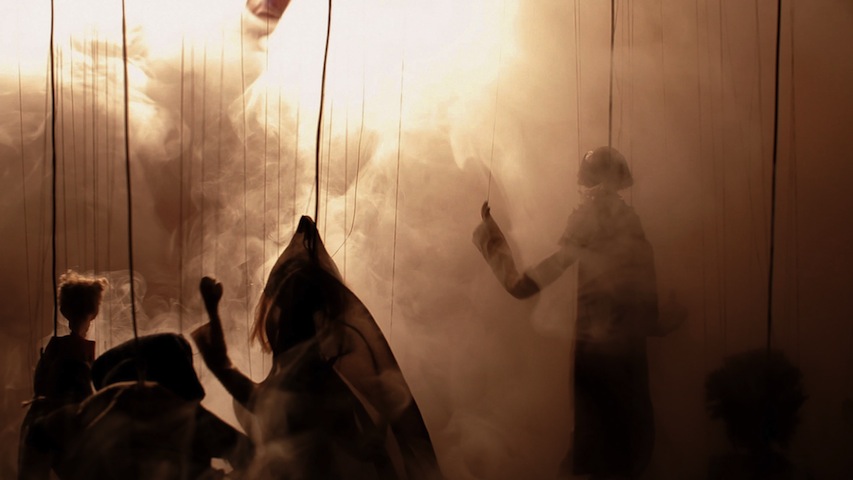

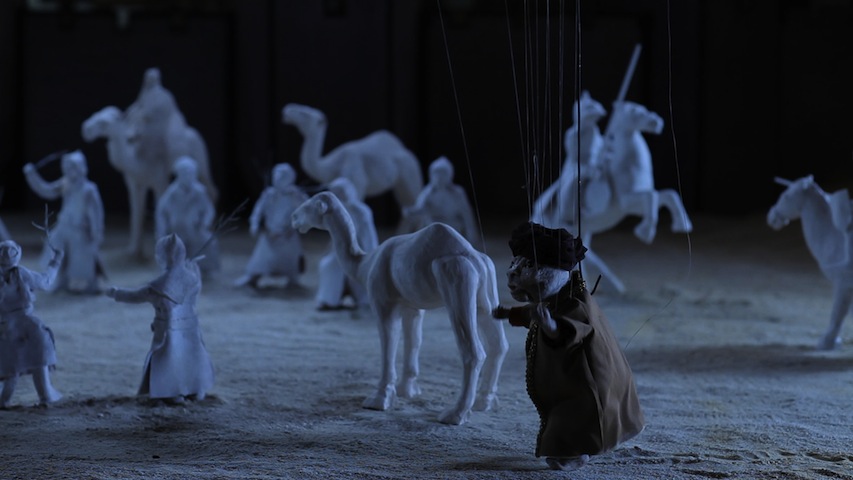

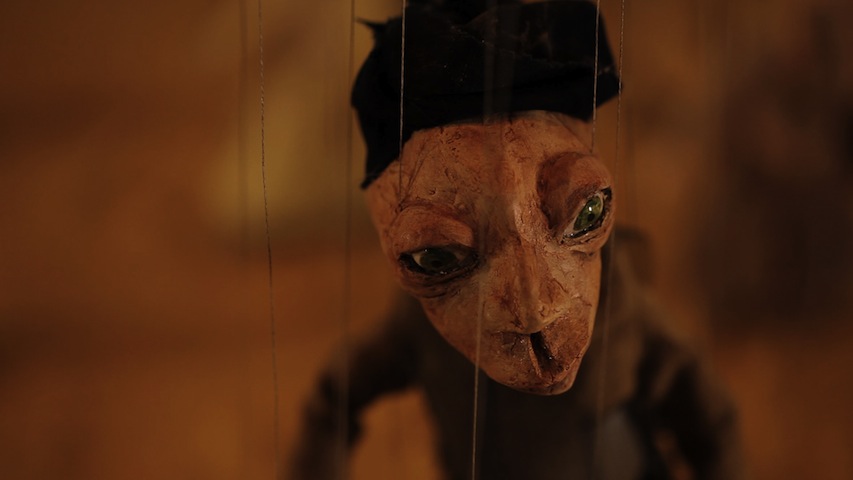
Comments